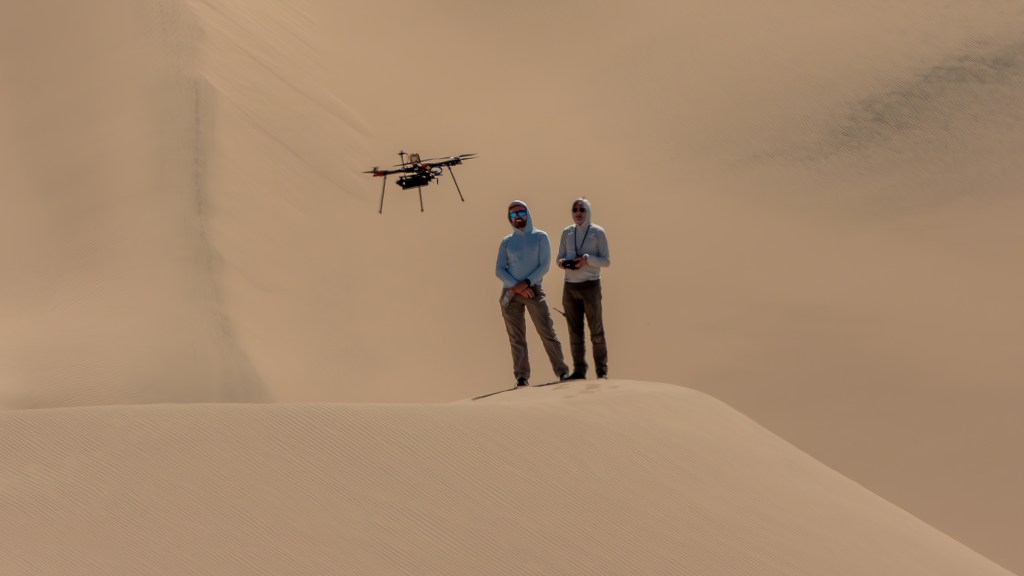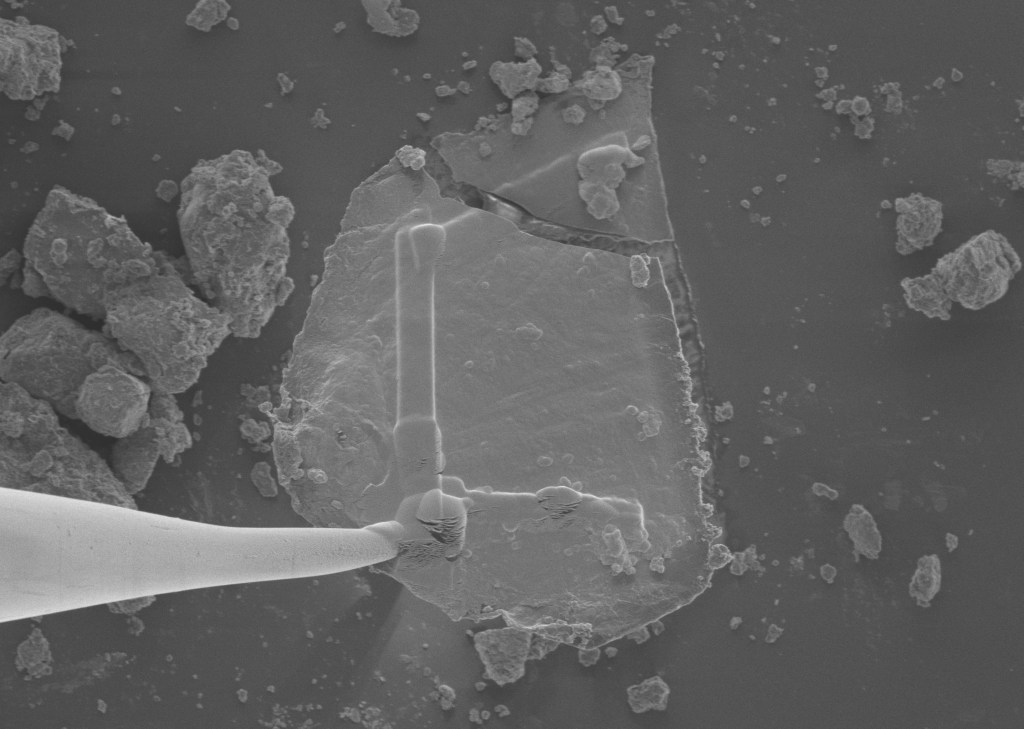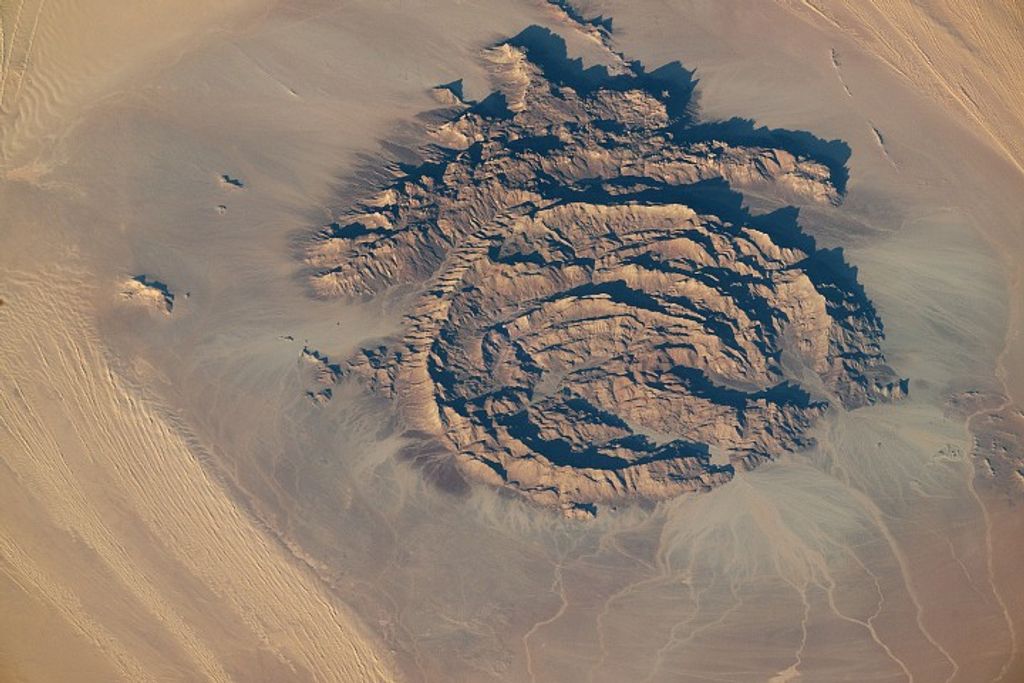Following their Dec. 19, 1972, splashdown that ended their successful 13-day Moon landing mission, Apollo 17 astronauts Eugene A. Cernan, Ronald E. Evans, and Harrison H. “Jack” Schmitt, the first trained geologist to explore the Moon, began their journey home to Houston. After spending one night aboard the prime recovery ship U.S.S. Ticonderoga, their journey home took them to American Samoa and Hawaii before arriving in Houston, where they reunited with their families, on Dec. 21. They returned to work the next day to begin debriefings of their mission. The lunar samples they collected returned via separate jets to Houston while their Command Module (CM) America sailed to California, eventually returning to its manufacturer for detailed postflight analysis. During a press conference early in the new year, Cernan, Evans, and Schmitt shared their experiences with the media and the world.

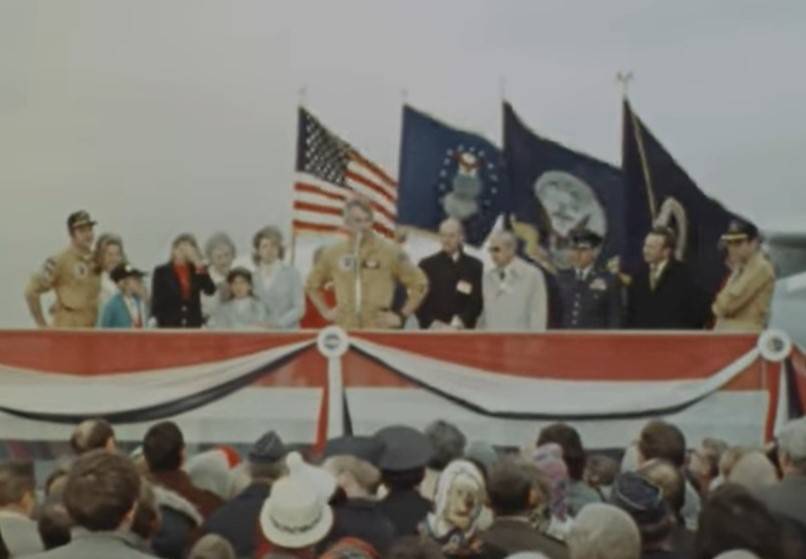
Left: Apollo 17 astronauts Ronald E. Evans, left, Eugene A. Cernan, and Harrison H. “Jack” Schmitt during the welcoming ceremony on American Samoa. Credit: Image courtesy Pauline Martinez. Right: Evans, left, Cernan, and Schmitt at the welcome home ceremony at Ellington Air Force Base in Houston.
Following their overnight stay on the Ticonderoga, a U.S. Navy helicopter flew Cernan, Evans, and Schmitt to Tafuna Airport at Pago Pago, American Samoa. After a brief welcoming ceremony by local dignitaries and traditional dancers, the astronauts boarded a U.S. Air Force C-141 Starlifter transport jet bound for Hickam Air Force Base (AFB) in Honolulu, Hawaii. After a brief stop and welcoming ceremony by local officials at Hickam, Cernan, Evans, and Schmitt flew non-stop back to Ellington AFB in Houston, where NASA managers welcomed them, and they reunited with their families. Despite a cold and windy December day in Houston, about 5,000 well-wishers turned out to welcome the Apollo 17 crew home. Each astronaut gave a short speech of thanks to everyone who supported their mission. After the brief ceremony, the astronauts went home with their families. The next day, the astronauts reported back to work to begin their postflight debriefings. Meanwhile, back on Ticonderoga, engineers continued safing their CM America to prepare it for its journey back to its manufacturer, the North American Rockwell Space Division facility in Downey, California. On Dec. 27, America arrived at North Island Naval Air Station, San Diego, where technicians completed its deactivation. That work wrapped up on Jan. 2, 1973, and workers trucked America to Downey later that day for a detailed postflight inspection.

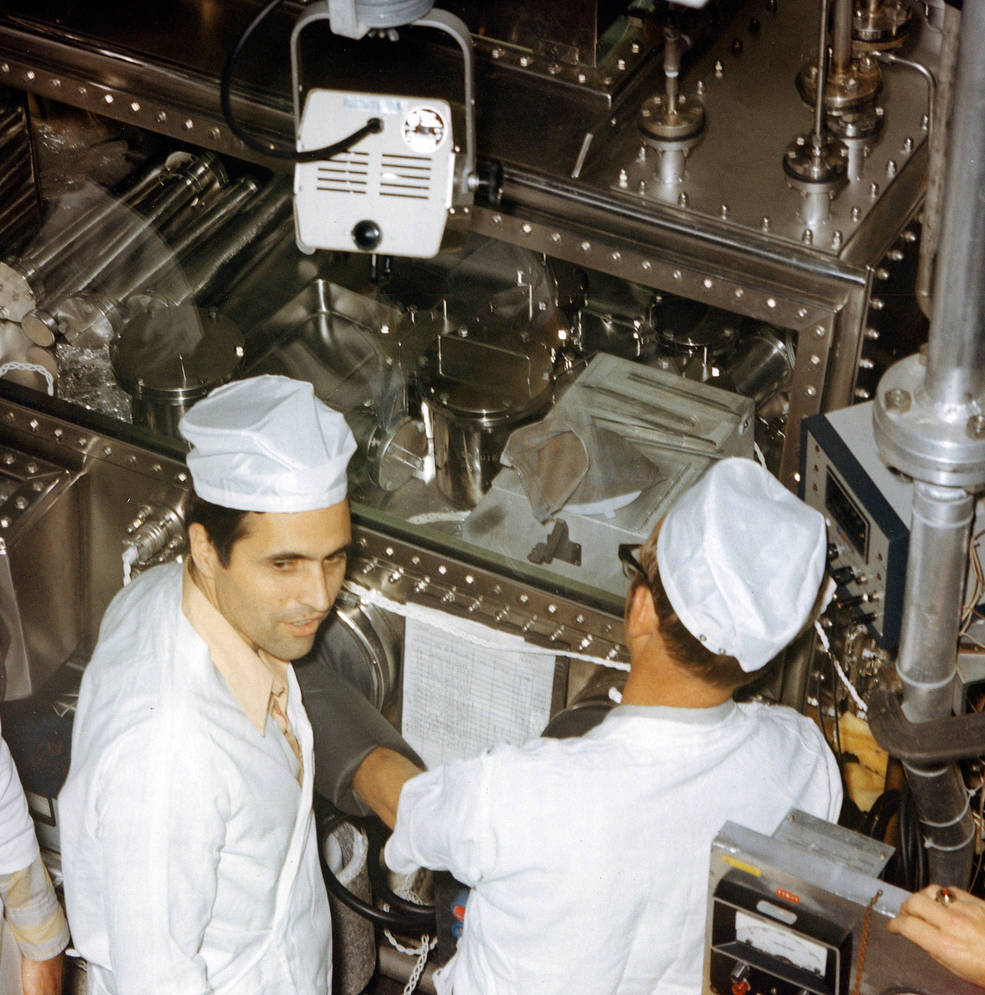

Left: The Blue Marble photograph of the full Earth disc, taken on Dec. 7, 1972, during Apollo 17’s trip to the Moon, one of the photographs that NASA released following the return of the mission. Middle: Apollo 17 astronaut Harrison H. “Jack” Schmitt, left, examines the bag of lunar soil containing the orange soil he discovered on the Moon. Right: Microscopic view of the orange soil, including micro-spherules of titanium-rich glass.
On Dec. 24, NASA released the photographs that Cernan, Evans, and Schmitt took during their 13-day lunar voyage. The Blue Marble photo, a full-disc view of the Earth taken during their outbound journey to the Moon, with Africa and Antarctica clearly visible, became iconic for the entire Apollo program, and by some estimates is one of the most reproduced images ever. In the Lunar Receiving Laboratory at the Manned Spacecraft Center (MSC), now NASA’s Johnson Space Center in Houston, scientists began to examine some of the lunar samples the astronauts brought from the Taurus-Littrow site. On Dec. 27, Schmitt observed when they opened the container with the orange soil he discovered at Shorty Crater during the second excursion on the surface. Looking more tan than orange, it remained distinctive. Microscopic and chemical analysis revealed the orange soil contained micro-spherules of glass, with a high concentration of titanium giving them their unique color. Although some scientists initially believed the soil to be of recent volcanic origin, later analysis showed the sample to be much older than expected, putting to rest ideas that the Moon remained volcanically active until relatively recently.

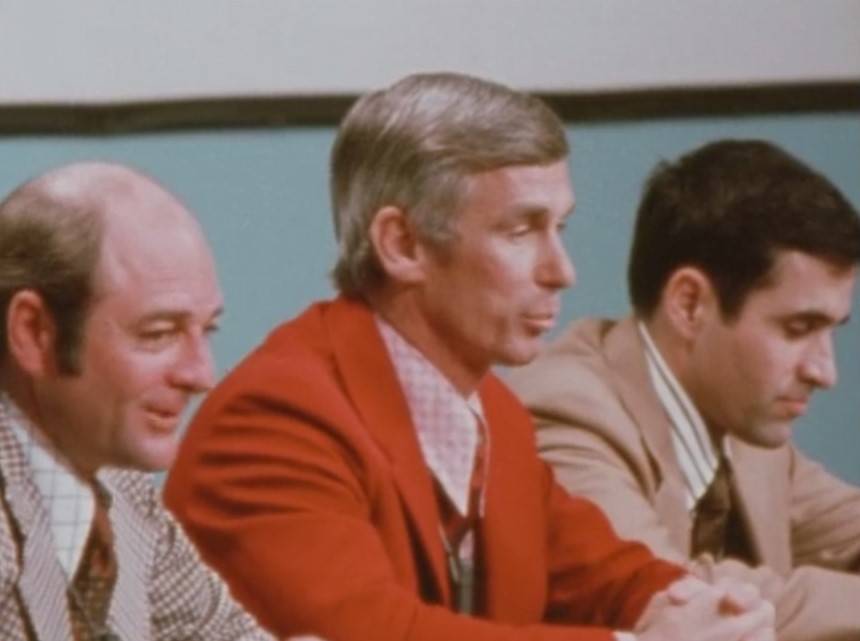
Two views of Apollo 17 astronauts Ronald E. Evans, left, Eugene A. Cernan, and Harrison H. “Jack” Schmitt during the postflight crew press conference.
On Jan. 5, 1973, Cernan, Evans, and Schmitt held their postflight press conference in MSC’s auditorium. They showed a film of the mission, summarizing the key moments of their flight. Since their mission wrapped up the first phase of America’s human Moon landings, they also reflected on the entire Apollo program and its contributions to lunar science that also improved our understanding of the origins of the Earth and the solar system. They answered reporters’ questions. The following week, the three astronauts embarked on the largest and most successful schedule of postflight activities of any of the returning Apollo crews.
To be continued …
John Uri
NASA Johnson Space Center

